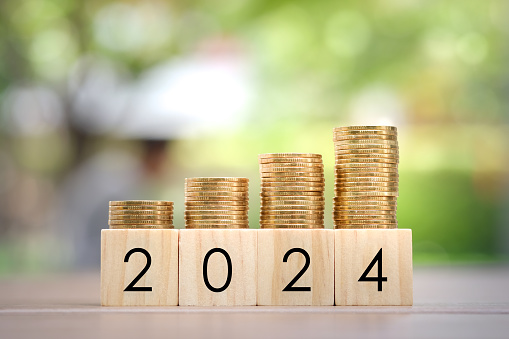
I’ve never been one to hop on bandwagons, whether in investing or in life in general.
In my world, both personal and financial, I’m drawn to tried-and-true wisdom, the timeless things. Building my passive income as quickly as possible, I stick with high-quality, dividend-growing, low-risk compounders in my investment portfolio. No flash, no tricks—just the steady beat of dividends.
Nonetheless, even a seasoned dividend investor like me can’t deny the sheer greatness of the 7 mega-cap corporations that dominate the stock market indexes.
Since the Roundhill Magnificent Seven ETF (MAGS) was launched in the Spring of 2023, these 7 titans have outperformed the S&P 500 (SPY), more than doubling its total returns in less than a year.
When considering the rebound of the US economy since the Great Financial Crisis in 2010, these demigods—Nvidia (NVDA), Tesla (TSLA), Microsoft (MSFT), Apple (AAPL), Amazon (AMZN), Meta Platforms (META), and Alphabet/Google (GOOG)—have all outperformed the market by at least double, with Nvidia leading the charge with its legendary growth driven by top-tier gaming, data center, and artificial intelligence microchips.
Their remarkable expansion has rendered these 7 titans as large as entire developed economies on their own. For instance, Apple and Microsoft, each sport market caps about the same size as the entire GDP of France and the entire market cap of the United Kingdom stock market (EWU) combined.
Collectively, these Magnificent 7 boast about the same total market cap as the entire stock markets of the next three largest national exchanges in the world besides the US.
If we extend the list to the 10 largest companies in the S&P 500, which includes Berkshire Hathaway (BRK.A, BRK.B), Broadcom (AVGO), and Eli Lilly (LLY), maker of the blockbuster diabetes/weight loss drug Mounjaro, the top 10 combined market cap makes up 35% of the total S&P 500 index.
This 35% is above-average, reminiscent of the 2000 dot-com bubble, when the two largest stocks, Microsoft and Apple, together accounted for 15% of the total index.
Today’s top stocks by size are more reminiscent of the year 2000 than of 1990 when only one of the top 10 stocks in the S&P 500 was a tech stock—International Business Machines (IBM).
In 2000, 5 of the top 10 largest companies were tech names. Microsoft alone accounted for 3.8% of the total index.
It’s not uncommon for the biggest companies in the stock market to be extraordinarily large, but even by historical standards, today’s corporate giants are abnormally larger. Microsoft’s ~7.5% share of the total S&P 500 market cap is bigger today than it was at the beginning of the year 2000.
It’s not that these titans haven’t earned their place in the stock market hall of fame, nor that they are dramatically overvalued relative to their growth rates. But how long can their magnificent run go on?
The Nasdaq 100 Index (QQQ), dominated by the Mag 7, exhibits a level of total return outperformance against the Vanguard Real Estate Index (VGSIX, VNQ) not seen since the 2000 dot-com bubble. This level of outperformance over real estate hasn’t been seen since techy growth stocks were in a bubble.

